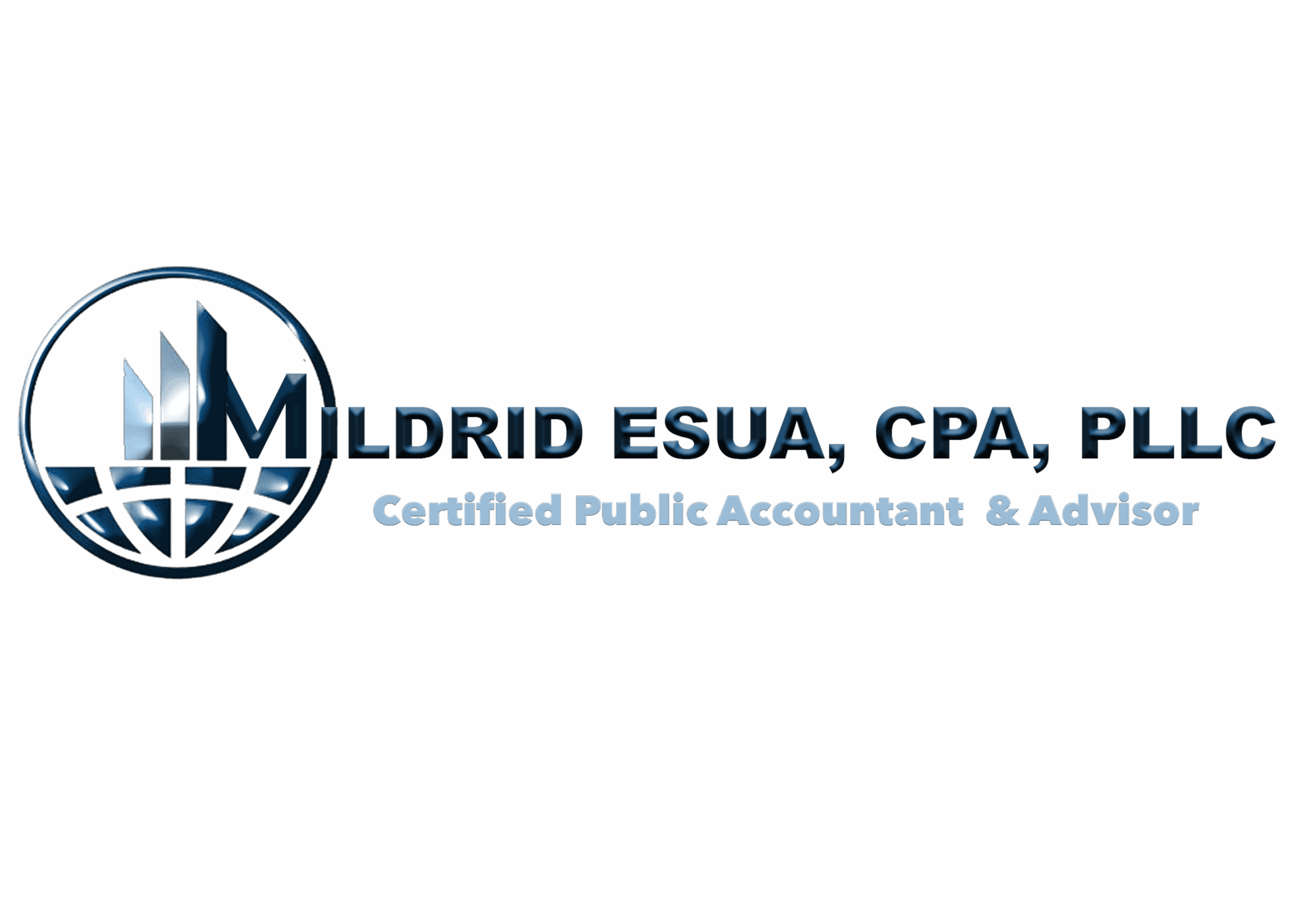Choosing the right legal structure for your business is crucial. It impacts efficiency, control, income reporting, taxes, and personal liability.
A team of CPAs and business advisors can assess your business and recommend an appropriate structure to avoid potential problems. Once the best entity for your business is identified, it is important to operate within the guidelines specific to that type of business to avoid losing elections or piercing a corporate veil.
business formation questionnaire
Limited Liability Company (LLC)
A hybrid legal structure offers both limited liability similar to a corporation and the tax benefits and operational flexibility of a partnership. The ‘owners’ are known as ‘members.’ Depending on the state, the members may be a single individual (one owner), two or more individuals, corporations, or other LLCs.
Unlike shareholders in a corporation. in most states LLCs are not taxed as a separate business entity. Instead, all profits and losses are “passed through‘ the business to each member of the LLC. LLC members report profits and losses on their personal federal tax returns, just like the owners of a partnership would.
To form an LLC, you must file the appropriate documents with your state, a process generally done through your Secretary of State’s office
business formation questionnaire
Sole Proprietorship
- The business is not legally separated from the owner. (By default, the legal business name is the same as the owner’s legal name)
- Establishing a business name separate from one’s own is possible by creating a “doing business as” (DBA) name. Most states require DBAs to be registered with the county clerk or Secretary of State.
- The owner can take cash withdrawals from the business at will.
- The owner is required to make quarterly estimated tax payments.
- Establishing a sole proprietorship may be as simple as opening a bank account for the business.
Some states and municipalities may require obtaining a license or permit
business formation questionnaire
Partnership (General and Limited)
- A general partnership, like a sole proprietorship, is not legally distinct from its owners.
- The key difference between a sole proprietorship and a partnership is that a sole proprietorship has one owner, while a partnership has two or more owners.
- Owners can make withdrawals and receive guaranteed payments if specified in the partnership agreement.
- Owners are required to pay taxes quarterly.
- A partnership can be established through an oral agreement, although a written agreement is recommended and required in some states.
- Many states have provisions for limited liability partnerships (LLPs) that provide limitations on the liability of the owners and address aspects such as profit/loss percentages, business decisions, addition and withdrawal of partners, and terms of operation.
- Certain partnership allocation structures may subject the business to increased scrutiny by the Internal Revenue Service (IRS).
- To form a partnership, the business must be registered with the state, typically through the Secretary of State’s office.
Business Formation Questionnaire
C Corporation
A corporation is a separate legal entity from its owners. Corporate documents are filed with the state and an annual fee is paid. Separate corporate bank accounts and records are established, and assets and money generated by the corporation are owned by the corporation. Corporations are required to pay federal, state, and sometimes local taxes.
Most businesses must register with the IRS and state and local revenue agencies. Any business with employees needs to obtain a tax ID number, and this is mandatory for a corporation. Unlike sole proprietors and partnerships, corporations pay income tax on their profits. In some cases, corporations face double taxation — first, on the company’s profits, and again when dividends are paid to shareholders, who report them on their personal tax returns.
Shareholders who are also employees pay income tax on their wages. The corporation and the employee each contribute half of the Social Security and Medicare taxes, which usually counts as a deductible business expense for the corporation. To form a corporation, articles of incorporation must be filed with the state, typically through the Secretary of State’s office.
Business Formation Questionnaire
S Corporation
A corporation with the Subchapter S designation from the IRS
To be considered an S Corp, you must first charter a business as a corporation in the state where it is headquartered.
An S Corp is different from a C Corp in that its profits and losses can pass through to the owner’s personal tax return. Consequently, the business is not taxed itself. Only the shareholders are taxed. Losses are limited to the shareholder’s tax basis.
Business Formation Questionnaire

